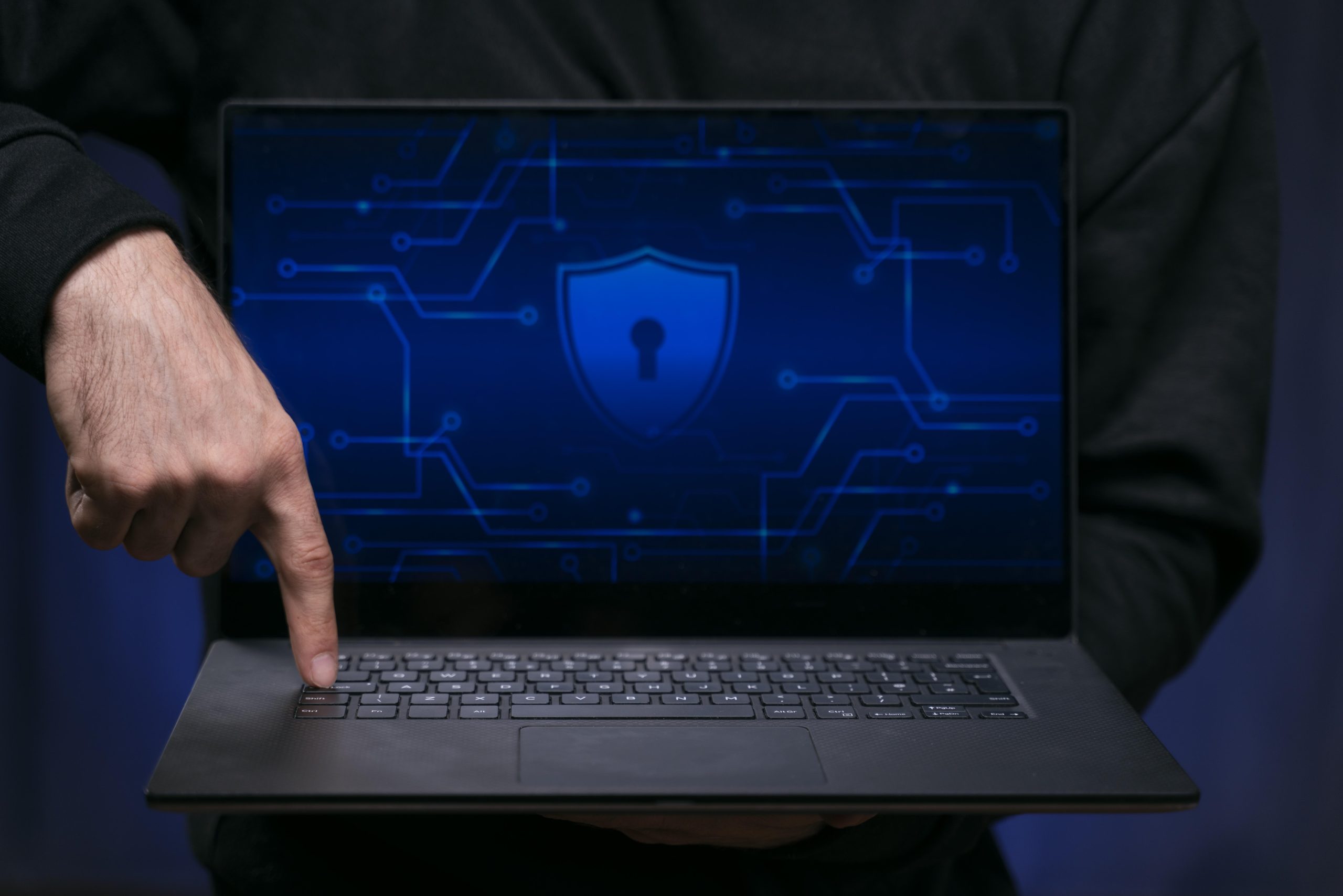In today’s digital landscape, where data breaches and cyberattacks are increasingly common, organizations must prioritize cybersecurity to safeguard their sensitive information. One of the most effective tools in this endeavor is the security scanner. These essential tools play a critical role in identifying vulnerabilities, assessing risks, and helping organizations optimize their protection against cyber threats. This article will explore the function of security scanners, their types, benefits, and best practices for implementation.
Understanding Security Scanners
Security scanners are automated tools designed to detect vulnerabilities in systems, networks, and applications. They work by simulating various types of attacks to evaluate the security posture of an organization. By identifying weaknesses before they can be exploited by malicious actors, security scanners provide valuable insights that help organizations strengthen their defenses.
How Security Scanners Work
Security scanners typically operate by following a systematic process:
- Discovery: The scanner identifies all devices, systems, and applications within the network. This includes servers, routers, firewalls, and endpoints.
- Assessment: The scanner evaluates the identified assets against a database of known vulnerabilities and security best practices. This includes checking for outdated software, misconfigurations, and other security weaknesses.
- Reporting: After the assessment, the scanner generates a report detailing the discovered vulnerabilities, their severity, and recommendations for remediation.
- Remediation: Organizations use the report to address the identified vulnerabilities, which may involve applying patches, reconfiguring settings, or enhancing security protocols.
Types of Security Scanners
Security scanners can be categorized into several types, each serving a specific purpose:
1. Network Scanners
Network scanners assess the security of network devices and configurations. They identify open ports, running services, and potential vulnerabilities within the network infrastructure. Common tools include Nmap and Nessus.
2. Web Application Scanners
These scanners focus on vulnerabilities within web applications. They test for issues such as SQL injection, cross-site scripting (XSS), and insecure configurations. Tools like OWASP ZAP and Burp Suite are popular choices for web application security scanning.
3. Vulnerability Scanners
Vulnerability scanners provide a comprehensive assessment of systems and applications by checking for known vulnerabilities based on a database of common exploits. Tools like Qualys and Rapid7’s InsightVM fall into this category.
4. Compliance Scanners
Compliance scanners evaluate whether an organization meets specific regulatory standards, such as PCI DSS, HIPAA, or GDPR. These tools help organizations maintain compliance and avoid potential fines or sanctions.
5. Cloud Security Scanners
As organizations increasingly rely on cloud services, cloud security scanners have emerged to assess the security of cloud-based environments. They evaluate configurations, access controls, and compliance with best practices in cloud security.
Benefits of Using Security Scanners
The integration of security scanners into an organization’s cybersecurity strategy offers numerous benefits:
1. Proactive Vulnerability Management
Security scanners enable organizations to identify and remediate vulnerabilities before they can be exploited by attackers. This proactive approach significantly reduces the risk of data breaches and cyber incidents.
2. Enhanced Risk Assessment
By regularly scanning for vulnerabilities, organizations gain a clearer understanding of their security posture. This information helps them prioritize risks and allocate resources effectively to address the most critical issues.
3. Compliance Assurance
Many regulations require organizations to conduct regular security assessments. Using security scanners helps ensure compliance with these standards, reducing the risk of penalties and enhancing the organization’s reputation.
4. Improved Incident Response
In the event of a cyber incident, having an up-to-date inventory of vulnerabilities can streamline the incident response process. Organizations can quickly identify which systems are affected and prioritize remediation efforts.
5. Cost Efficiency
Identifying and addressing vulnerabilities early can save organizations significant costs associated with data breaches, including legal fees, regulatory fines, and reputational damage. Investing in security scanners is a cost-effective strategy for long-term security.
Best Practices for Implementing Security Scanners
To maximize the effectiveness of security scanners, organizations should follow these best practices:
1. Choose the Right Scanner
Selecting the appropriate security scanner is crucial. Organizations should assess their specific needs and evaluate different tools based on their features, ease of use, and compatibility with existing systems.
2. Regular Scanning Schedule
Establish a regular scanning schedule to ensure that vulnerabilities are continuously monitored. This could involve weekly, monthly, or quarterly scans, depending on the organization’s risk profile and industry requirements.
3. Integrate with Other Security Tools
Security scanners should not operate in isolation. Integrating them with other security tools, such as intrusion detection systems (IDS) and security information and event management (SIEM) solutions, can enhance overall security posture.
4. Analyze and Prioritize Results
After scanning, organizations should thoroughly analyze the results and prioritize remediation efforts based on the severity of vulnerabilities. High-risk issues should be addressed immediately, while lower-risk vulnerabilities can be scheduled for later remediation.
5. Document and Track Remediation Efforts
Maintaining detailed documentation of discovered vulnerabilities and remediation efforts is essential for compliance and future reference. Organizations should track the status of each vulnerability and the measures taken to address it.
6. Train Staff on Security Awareness
While security scanners are powerful tools, they are not a substitute for human vigilance. Training employees on security best practices helps create a culture of security awareness, reducing the likelihood of successful attacks.
7. Stay Updated on Threat Intelligence
Cyber threats are constantly evolving, and so should the security scanners. Organizations should ensure that their scanners receive regular updates to their vulnerability databases and threat intelligence feeds.
Challenges and Limitations of Security Scanners
While security scanners are invaluable tools, they do have limitations and challenges:
1. False Positives and Negatives
Security scanners can generate false positives (incorrectly identifying a vulnerability) and false negatives (failing to detect an actual vulnerability). Organizations must carefully review results and confirm findings to ensure accurate assessments.
2. Complexity of Modern Environments
As IT environments grow increasingly complex, with cloud services, IoT devices, and mobile applications, security scanners may struggle to assess all components effectively. Organizations should adopt a layered security approach to address this complexity.
3. Resource Intensive
Running security scans, especially comprehensive ones, can be resource-intensive. Organizations must balance the need for thorough assessments with the potential impact on system performance.
Conclusion
In a world where cyber threats are ever-present, optimizing protection through the use of security scanners is essential for organizations of all sizes. By understanding the role of security scanners, the types available, and the best practices for their implementation, organizations can enhance their cybersecurity posture significantly.
Security scanners offer proactive vulnerability management, improved compliance, and cost efficiency, making them a critical component of any cybersecurity strategy. As cyber threats continue to evolve, organizations must remain vigilant and adapt their security measures accordingly. By leveraging the power of security scanners, organizations can better protect their digital assets and mitigate the risks associated with cyberattacks. Investing in these tools is not just a technical decision; it’s a strategic imperative for safeguarding the future of any organization in the digital age.




